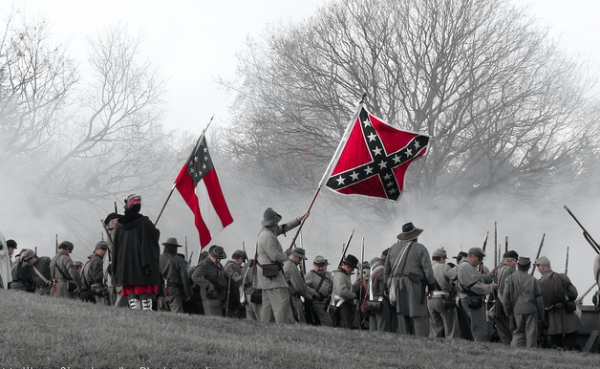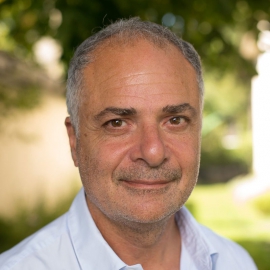The French revolutionaries dreamed of writing off the past. But it is not so easy to throw the legacy of time past into the dustbin of history when it directly affects the present and future. This is the drama that played out recently in Charlottesville.
Through the fate of General Lee’s statue, what was at stake in Charlottesville was not what happened in the War of Secession (1861-1865), but rather the way Americans see themselves at a crucial turning point. For the first time, Americans citizens are contemplating the fact that in two decades Whites will be in the minority in the US. According to the US Census Bureau, in 2042, Hispanics will make up 30% of the population, Afro-Americans 15% and Asians 9%. Removing the statue of General Lee is symbolically enacting the death of White America in favour of multiracial America, for General Lee, who was commander-in-chief of Confederate forces during the War of Secession, incarnates a time when it seemed Providence had given America only to white people.
Hence the fierce opposition we have seen in Charlottesville in recent days of white supremacists nostalgic for a dying era, seeking to mobilize reactionary forces and give their modern-day racism pseudo-historical legitimacy by appropriating the symbols of the segregationist South. Segregationist too was the first naturalisation law in the US in 1790, giving that right only to white people, as well as one of the most shameful verdicts of the US Supreme Court which ruled in the Scott case (1857) that "a negro, whose ancestors were imported into [the U.S.], and sold as slaves, whether enslaved or free, could not be an American citizen”. It is that America that vomited its hate every day for eight years under Barack Obama’s presidency, sickened to see the son of an African emigrant and a WASP (white Anglo-Saxon protestant) from Kansas in the White House.
Should all the old idols be removed?
How can we therefore not understand the will to remove the symbols of a past era when people were denied their humanity under the pretext that their skin was a different colour? But even if monuments are removed from public spaces, history is not wiped out. The toppling of Saddam Hussein’s statue in Iraq, Franco’s in Spain and Lenin’s in former communist countries has never eradicated the past, it has simply signalled the values of the present. Should the old idols be systematically removed and replaced by more recent ones which in turn make way for others in a constant merry-go-round? Or should they rather be put in context, i.e. by providing keys to interpret the evolution of societies? This is what President Donald Trump tweeted in a brief moment of lucidity when he wrote that you “can’t change history, but you can learn from it”… after nevertheless having more or less put white supremacists and anti-fascists in the same basket!
For Southerners, who did not necessarily like supremacists appropriating their symbols, the statues of General Lee embodied their ancestors who died fighting in the War of Secession and the bruise of defeat. They are demanding their right to the legacy of the past, not racial hatred. For Afro-Americans, on the other hand, they symbolize the Jim Crow laws, i.e. segregation and institutionalized discrimination, if not lynching. For others, these monuments are reminders of America’s original sin, born from the genocide of native Indians and the slave trade. Ideally these monuments, or at least some of them, could have served as educational tools, encouraging reflection on American identity and the form of multiculturalism that the United States will choose.







